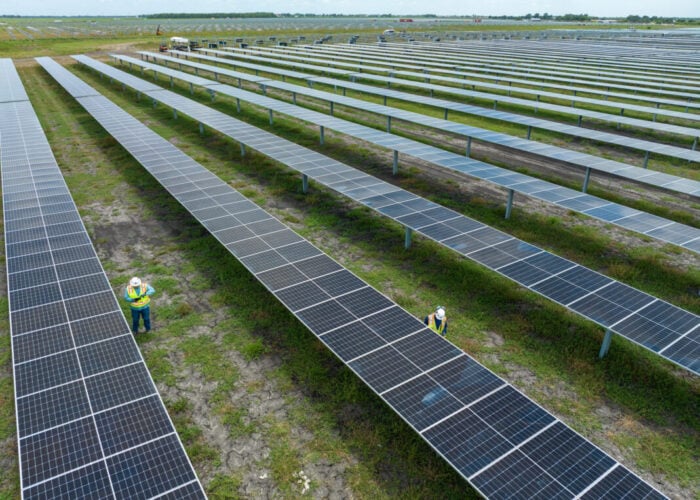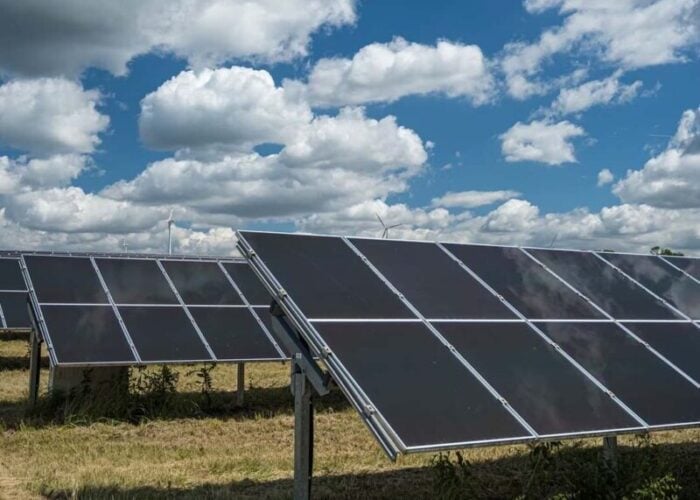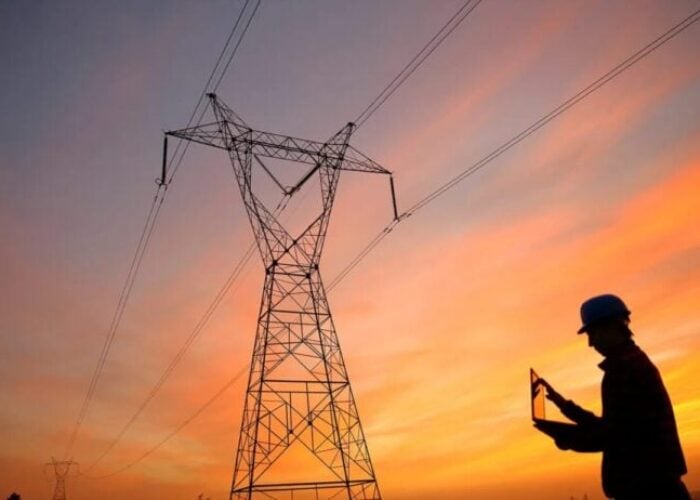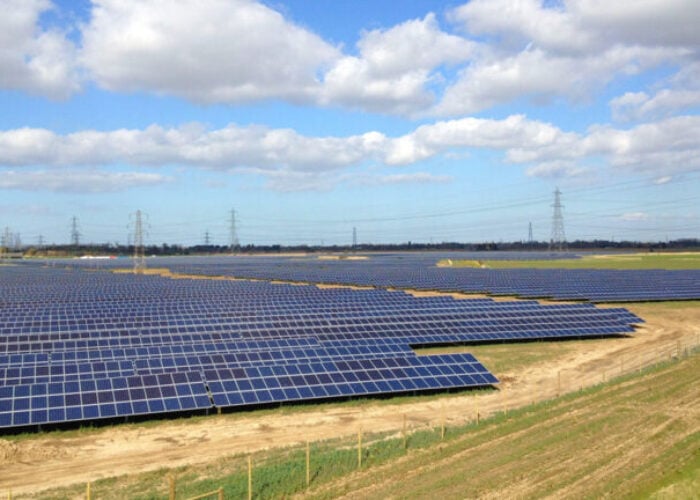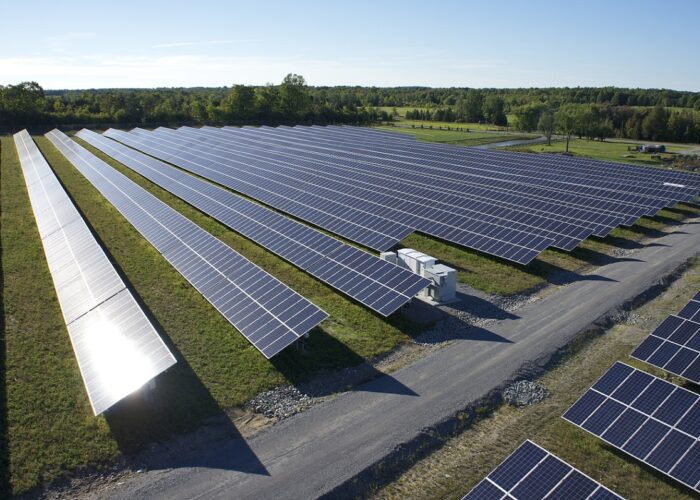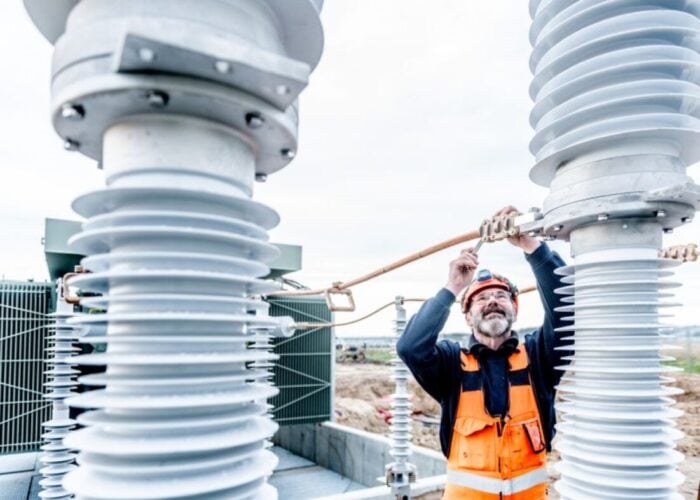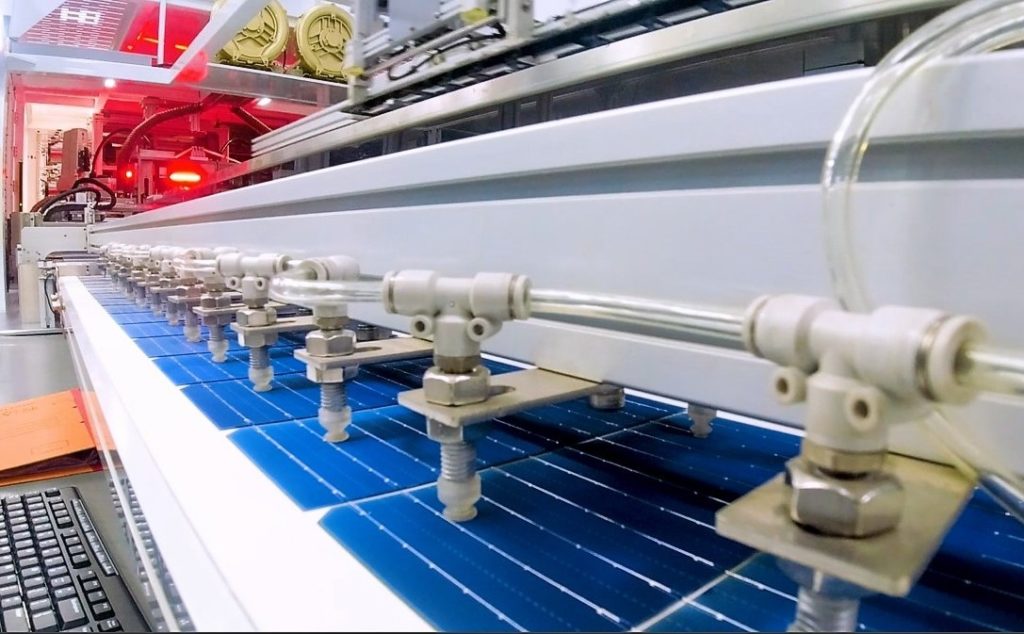
India’s Ministry of New and Renewable Energy (MNRE) has announced the reimposition of the Approved List of Models and Manufacturers (ALMM), effective from 1 April.
On 29 March 2024, MNRE announced that the ALMM for solar PV modules “shall accordingly come into effect from 1 April 2024”.
Unlock unlimited access for 12 whole months of distinctive global analysis
Photovoltaics International is now included.
- Regular insight and analysis of the industry’s biggest developments
- In-depth interviews with the industry’s leading figures
- Unlimited digital access to the PV Tech Power journal catalogue
- Unlimited digital access to the Photovoltaics International journal catalogue
- Access to more than 1,000 technical papers
- Discounts on Solar Media’s portfolio of events, in-person and virtual
It added: “Each project where the solar PV modules have been received at the project site by 31 March 2024 and is unable to get commissioned by that day, on account of reasons beyond the control of the renewable power developer, would be examined separately.”
MNRE announced that ALMM was suspended from March 2023 due to concerns over an inadequate supply of domestically-made modules to meet demand. Thus, projects commissioned by the end of March 2024 will be exempted from the requirement of procuring solar PV modules from ALMM.
The ALMM was initially set to be reimposed on 1 April, as announced by MNRE on 9 February. At that time, MNRE stated that the ALMM would not apply to projects “set up under open access” and rooftop solar projects by private parties. However, the latest announcement from MNRE has brought about a change, eliminating these exemptions for these projects.
Additionally, MNRE announced on 15 February that it had decided to suspend the reimposition of ALMM “till further orders”.
Industry observers have suggested the government needs to further clarify the details of the ALMM before reimposing it, so as to avoid becoming overwhelmed by petitions and disputes that could limit capacity additions in India.
However, in the latest announcement made by MNRE, the government did not tell the reason for reimposing the ALMM.
Prior to the reimposition of the ALMM, MNRE set up the minimum efficiency standards for cadmium telluride (CdTe) thin-film modules to be enlisted in the ALMM for solar PV modules. The announcement from MNRE divides CdTe thin-film modules into three categories based on their usages: utility or grid-scale power plants, rooftop and solar pumping, and solar lighting. For utility or grid-scale power plants, the required minimum efficiency is 19%, the highest among all categories.
For rooftop and solar pumping and solar lighting, the required minimum efficiencies are 18.5% and 18%, respectively.
| PV Tech publisher Solar Media will be organising the Solar Finance & Investment Asia Summit in Singapore, 24-25 September. The event will bring together the most influential leaders representing funds, banks, developers, utilities, government and industry across the Asia-Pacific region on a programme that is solutions-focused from top to tail. For more information, including how to attend, please go to the official website. |

